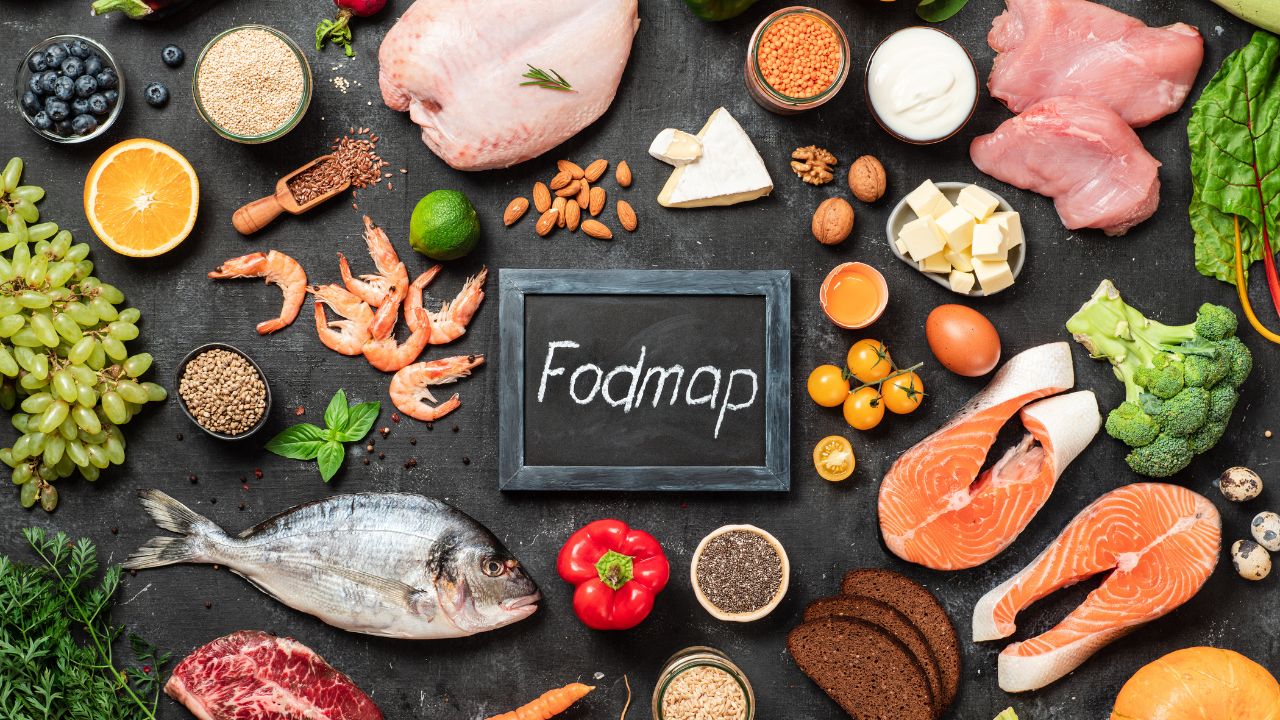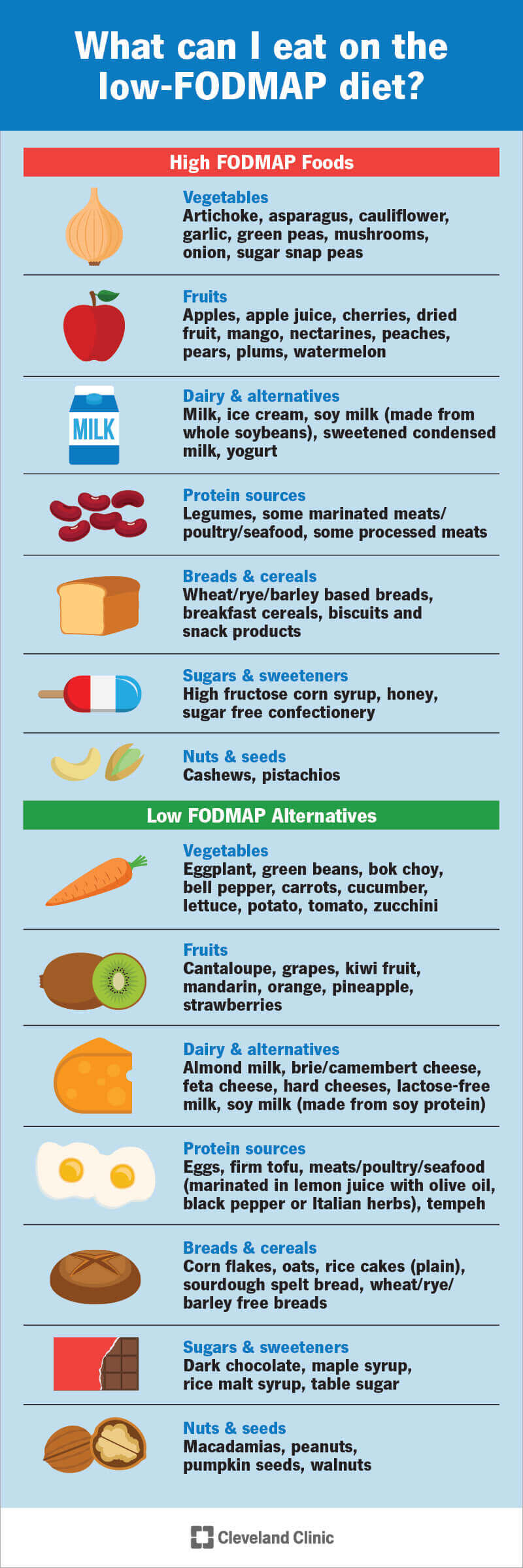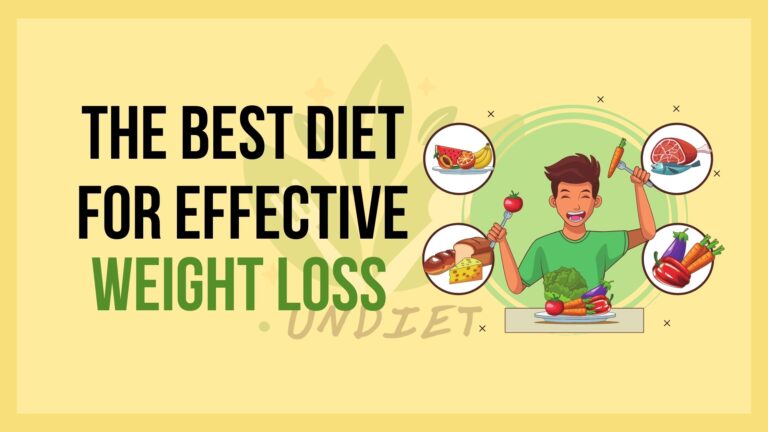FODMAP Diet Chart: Your Comprehensive Guide and Chart

Are you interested in learning about the FODMAP diet chart? Well, you’ve come to the right place! In this article, we’ll explore the ins and outs of the FODMAP diet and how it can benefit your digestive health. So, whether you’re struggling with bloating, gas, or stomach discomfort, this diet chart might just be the solution you’ve been looking for.
But what exactly is a FODMAP diet chart? Essentially, it’s a tool that helps individuals identify and eliminate foods that are high in FODMAPs. Now, you may be wondering, “What on earth are FODMAPs?” Don’t worry, we’ve got you covered! FODMAPs are a group of carbohydrates that can cause digestive issues in some people. By following a FODMAP diet chart, you can pinpoint which foods trigger your symptoms and make more informed choices about what to eat.
The beauty of the FODMAP diet chart lies in its flexibility, as it allows you to personalize your meal plan based on your unique tolerance to certain foods. So, whether you’re a fan of fruits, veggies, or grains, there are plenty of options to choose from within the FODMAP framework. Get ready to take control of your digestive health and embark on a journey towards a happier tummy!
The Ultimate FODMAP Diet Chart: Your Guide to Digestive Health
Welcome to our ultimate guide on the FODMAP diet chart, your go-to resource for improving digestive health. In this article, we will delve deep into the world of FODMAPs, their impact on your gut, and how you can use a carefully crafted FODMAP diet chart to manage and alleviate digestive symptoms. Let’s get started!
Understanding FODMAPs: What You Need to Know
Before we dive into the details of a FODMAP diet chart, let’s first understand what FODMAPs are and how they can affect your digestive system. FODMAP stands for Fermentable Oligosaccharides, Disaccharides, Monosaccharides, and Polyols. These are types of carbohydrates that are poorly absorbed by the small intestine, leading to digestive symptoms such as bloating, gas, abdominal pain, and diarrhea in individuals with FODMAP sensitivity.
Common FODMAPs include lactose, fructose, fructans, galactans, and polyols. These can be found in a variety of foods including certain fruits and vegetables, dairy products, grains, and sweeteners. The FODMAP diet chart aims to identify and eliminate foods high in FODMAPs from your diet, allowing you to pinpoint and manage your triggers. It is important to note that the FODMAP diet is not a long-term solution but rather a temporary elimination and reintroduction process to identify your individual FODMAP triggers.
The Three Phases of the FODMAP Diet Chart
Now that we have a basic understanding of FODMAPs, let’s explore the three phases of the FODMAP diet chart in more detail:
Phase 1: Elimination
The first phase of the FODMAP diet chart involves eliminating high FODMAP foods from your diet for a period of 2-6 weeks. This phase allows your gut to heal from any inflammation and symptoms caused by FODMAPs. During this time, it is important to work with a registered dietitian who can guide you in identifying and avoiding high-FODMAP foods. Common high FODMAP foods that are eliminated during this phase include:
- Wheat and other gluten-containing grains
- Lactose-containing dairy products
- High-fructose fruits like apples and pears
- Vegetables such as onions, garlic, and cauliflower
- Legumes and certain beans
- Polyol-containing sweeteners like sorbitol and mannitol
By eliminating these high FODMAP foods, you give your gut a chance to reset and alleviate the symptoms associated with FODMAP sensitivity.
Phase 2: Reintroduction
Once the elimination phase is completed, it’s time to move on to the reintroduction phase. In this phase, you will systematically reintroduce specific FODMAP groups to your diet to identify your individual triggers. It is essential to follow a structured plan under the guidance of a dietitian to ensure accurate identification of triggers and avoid unnecessary restrictions. During the reintroduction phase, you will gradually reintroduce one FODMAP group at a time, monitoring your symptoms to determine which groups trigger digestive discomfort.
Keep a food and symptom diary during this phase to track your reactions and help identify patterns. It is important to note that some individuals may find that they can tolerate certain FODMAP groups in small amounts but experience symptoms with larger quantities. This phase allows you to personalize your FODMAP diet chart and create a plan that fits your specific needs.
Phase 3: Personalization
After completing the reintroduction phase, you can move on to the personalization phase of the FODMAP diet chart. This phase involves tailoring your diet to include only the FODMAPs that you have identified as triggers. By eliminating only the specific FODMAPs that cause symptoms for you, you can enjoy a more varied and balanced diet while still managing your digestive health.
Key Takeaways: FODMAP Diet Chart
Following a FODMAP diet can help individuals with digestive issues, such as irritable bowel syndrome (IBS).
A FODMAP diet involves avoiding certain foods that are high in fermentable carbohydrates.
Common high-FODMAP foods include wheat, onions, garlic, dairy products, and certain fruits.
Instead, focus on low-FODMAP foods such as rice, potatoes, carrots, and bananas.
It’s important to work with a healthcare professional or registered dietitian when starting a FODMAP diet to ensure proper guidance and nutritional balance.
Frequently Asked Questions
Welcome to our FAQ section, where we’ll address common queries related to the FODMAP diet chart. Whether you’re new to the concept or looking for more information, we’ve got you covered. Read on to find answers to your questions!
1. How does the FODMAP diet chart work?
The FODMAP diet chart is designed to help people with irritable bowel syndrome (IBS) identify and avoid foods that may trigger symptoms. FODMAP stands for Fermentable Oligosaccharides, Disaccharides, Monosaccharides, and Polyols. These are types of carbohydrates that some people find difficult to digest, leading to bloating, abdominal pain, and other digestive issues.
The diet involves eliminating high-FODMAP foods for a period of time and then reintroducing them systematically to determine which specific ones are causing symptoms. By following the FODMAP diet chart, individuals can learn their triggers and create a personalized diet plan to manage their symptoms effectively.
2. What foods are included in a FODMAP diet chart?
The FODMAP diet chart includes both high-FODMAP and low-FODMAP foods. High-FODMAP foods that should be avoided during the elimination phase include certain fruits and vegetables (such as apples, pears, onions, and garlic), wheat and rye products, dairy products containing lactose, and certain sweeteners like sorbitol and mannitol.
Low-FODMAP foods that can be consumed during the elimination phase include options such as carrots, bell peppers, spinach, lactose-free dairy products, gluten-free grains, and small portions of fruits like bananas and berries. It’s important to note that a FODMAP diet should be followed under the guidance of a registered dietitian or healthcare professional to ensure nutritional balance while avoiding trigger foods.
3. Can everyone benefit from following a FODMAP diet chart?
No, the FODMAP diet chart is specifically designed for individuals with irritable bowel syndrome (IBS) or other gastrointestinal disorders. It is not recommended for use by individuals without a diagnosed condition. If you suspect you have IBS or similar symptoms, it’s important to consult with a healthcare professional for an accurate diagnosis before starting a FODMAP diet.
For those with diagnosed IBS, following a FODMAP diet chart can provide relief from symptoms and help identify trigger foods. However, it’s important to remember that the FODMAP diet may not be suitable for everyone, and guidance from a dietitian is crucial for personalized advice and support.
4. How long should one follow a FODMAP diet chart?
The length of time for following a FODMAP diet chart can vary depending on individual symptoms and needs. Typically, the elimination phase, where high-FODMAP foods are avoided, lasts around 2 to 8 weeks. This is followed by a reintroduction phase, where FODMAP foods are systematically reintroduced to identify personal triggers.
Once trigger foods are identified, a personalized FODMAP diet can be created, with some high-FODMAP foods reintroduced in moderation. It’s important to work with a registered dietitian throughout this process to ensure a well-balanced diet and avoid unnecessary restrictions.
5. Can following a FODMAP diet chart have side effects?
While the FODMAP diet chart is generally safe and effective when followed correctly, it’s important to note that it can have side effects and potential challenges. During the elimination phase, some people may find it difficult to eliminate certain foods from their diet, which can lead to temporary dietary imbalances and cravings.
Additionally, some people may experience changes in bowel habits, such as increased or decreased frequency or changes in stool consistency, as their gut adjusts to the new diet. These side effects are usually temporary. It’s crucial to work with a healthcare professional or registered dietitian to ensure nutritional adequacy and address any concerns or challenges that may arise during the FODMAP diet journey.
Summary
In this article, we learned about the FODMAP diet chart, which can help people with digestive issues. The FODMAP diet involves avoiding certain types of carbohydrates that can cause stomach discomfort. The chart provides a list of foods to avoid and foods that are safe to eat. By following the FODMAP diet chart, individuals can identify their trigger foods and make dietary changes to reduce their symptoms. It’s important to work with a healthcare professional or registered dietitian before starting this diet to ensure it is done safely and effectively.







